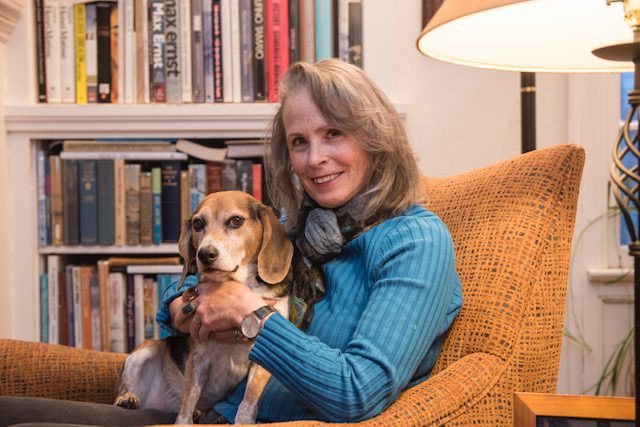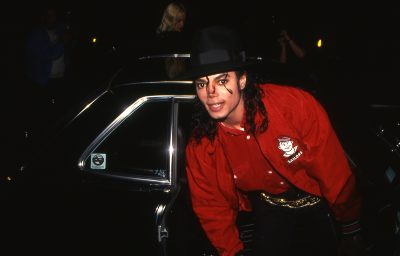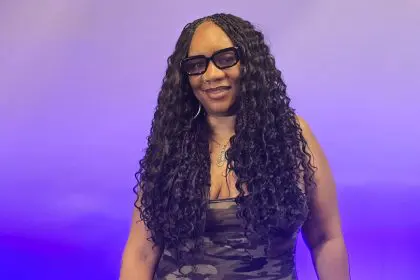
What does the word “art” mean to you?
There is an evolution to my art. I discovered I was an artist because my high school art teacher pointed out that I had talent. My favorite toy growing up was duct tape. So I had a builder’s spirit, the ability to collage, and piece toys together. In hindsight, this is reminiscent of how I make my art today, piecing things and ideas together. I was not very skilled at drawing or painting so I never considered myself an artist, but my art teacher pointed out that that those were skills that could be taught and developed. Creativity is something that comes from within.
What would you say your art tells stories about?
All of the artwork in this show is a record of my observations and interactions with the numerous communities and amazing people I’ve come across. I try to create work that not only tells a story but also functions as the catalyst for action. It is important that a diverse range of people can engage with the artwork and walk away with something that could possibly impact their lives and communities.
What are some of the inspiring elements in this installation?
Although my art work is somewhat minimal in its presentation and form it is loaded with symbolic metaphors. The largest installation in show is titled “Planting and Maintaining a Perennial Garden” and takes the form of a large box made of cedar panels. Although it is visually engaging, it seems like many people enjoy this work because you are able to step into it and become part of the composition. Almost like stepping into a painting. But the wooden structure itself references the design of the Burroughs Gallery of the historic South Side Community Art Center. The box, not quite big or tall enough to touch the walls and ceiling of the MCA’s gallery becomes a reference of the constant struggle of museums to connect with broader and more diverse audiences and collaborators. The gap in between the wall and the sculpture is where my artwork thrives. It’s is all about possibilities. I hope that my artwork can function like a bridge between organization, people, and ideas. At first glance it looks like a plain wooden box but there is so much more to it.
What is the most important exchange between an artist and an audience?
I really enjoy hearing feedback from people who view my work. Some love it, some hate it. Some don’t understand it at first. Some understand it, but disagree with it. I think that is fine and also helpful. One of the pieces in the show titled “Comments, Feedback, Welcome” is in reference to my “Shacks & Shanties” project in which I built temporary structures out of discard building materials in a vacant lot and a community garden on the south side. I used these spaces to invite artists and communities to program and present their artwork and ideas. I felt that the project was very successful, not just because of the positive feedback but also because of the more charged push back. Many people didn’t want “ugly shacks” in the vacant lots around their homes. The pushback and willingness to have an intense dialogue is what I am interested in. Did I mention the piece in show is a board with the phase “F— YO SHACK”? Man, I love that piece [laughs]. The piece sums up six months of work.
In my work it is important that I create entry points for a diverse range of people. Whether it is recognition of a historical figure represented in the work, a reference to a particular moment within the cannon of art, an appreciation of the technical aspects, or that it just looks good I like to think there is something for everyone.
Sponsored by BMO Harris Bank. Faheem Majeed runs from March 10–Aug. 16 at the Museum of Contemporary Art.















